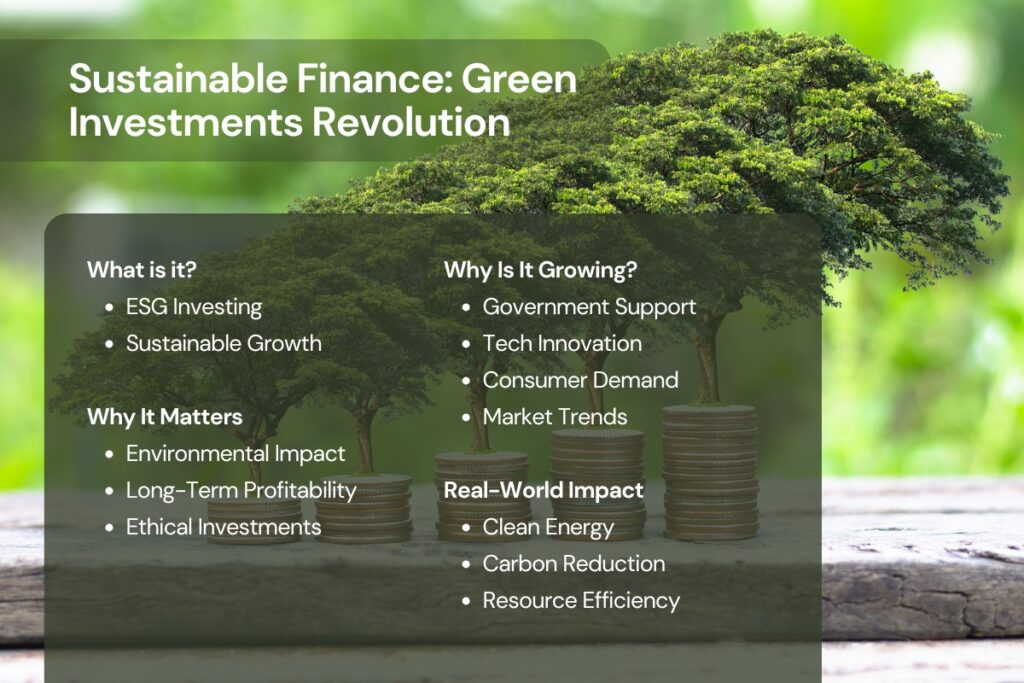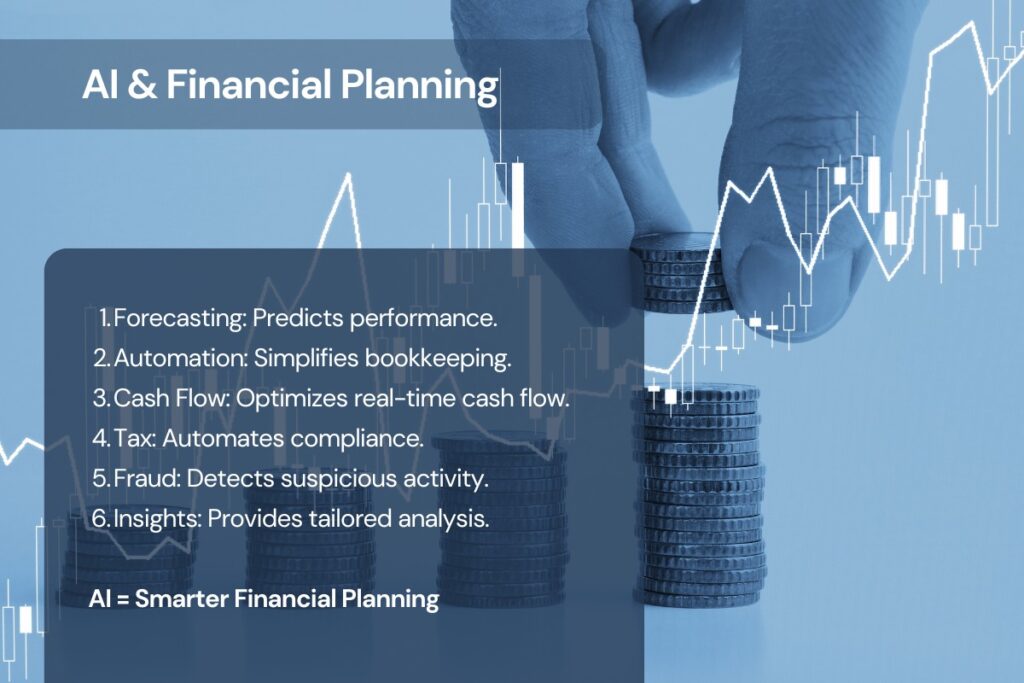How Financial automate Is Helping Financial Institutions Increase Efficiency
Key Notes
- The way banks and other financial institutions operate on a large scale is changing due to financial automation.
- These days, efficiency depends on how strategy, data, and smart technology work together.
- Automation is not just functional; it is central to modern financial growth.
- From customer service to compliance, automation delivers tangible impact by function.
- Organizations with a strong foundation in automation experience long-term resilience and flexibility.
The Shift from Manual Processes to Intelligent Operations
Financial institutions are facing increasing pressure to cut costs, mitigate risk, and provide superior experiences, sometimes all at once. Traditional operating models are finding it difficult to cope with such demands, which is why financial automation has become a central force driving transformation.
By putting repetitive, time-consuming work into automation, banks and financial institutions can redirect their staff to strategic initiatives, enhance speed of processing, and cut error rates dramatically. But automation is more than just efficiency, it allows institutions to run with precision, speed, and vision on every level of the business.
Creating Automation Around Strategic Business Results
The most effective automation strategies start with goals rather than tools. Banks and other financial organizations must specify clear business goals and design automation to meet them, whether those goals are to expedite onboarding, improve audit accuracy, or reduce loan approval times.
When financial automation is directly related to strategic intent, it produces the most value. Companies are moving away from outdated digital initiatives and toward integrated automation ecosystems that produce long-term growth rather than short-term fixes.
Smart Technologies Are the New Banking Infrastructure
In the past, legacy systems served as the foundation for finance. Now, smart technologies such as robotic process automation (RPA), AI-powered analytics, and workflow orchestration applications are emerging as the new infrastructure. These solutions provide real-time performance visibility, eliminate the need for manual inputs, and span departments.
For example, many banks now financial automate high-volume tasks such as transaction monitoring and fraud detection. As a result, they not only improve accuracy but also free up risk teams to focus on complex investigations and strategic analysis. In turn, this shift allows financial automation to move beyond support functions and become a core driver of growth.
Measuring the Impact from Cost Savings to Competitive Advantage
Financial institutions need efficiency gains to be quantifiable. They are measuring automation benefits using KPIs such as:
- 60–80% cycle time reduction in business processes.
- 30–50% saving in operational costs.
- Improved compliance accuracy with reduced audit exceptions.
- Improved customer satisfaction ratings by accelerating service delivery.
However, the true effect comes from flexibility. financial automate gives financial automate institutions a true competitive edge by allowing them to respond to customer demands, regulatory changes, and market shifts more quickly.
Smashing Down Silos: Creating End-to-End Automation Ecosystems
Single-point automation initiatives are usually disappointing. Top-performing institutions are now focusing on cross-financial automate , connecting back-office processes with customer-facing systems, risk management systems, and data platforms.
This integrated method facilitates uninterrupted data transfer, reduced handoffs, and fluid service delivery. From fraud detection to loan processing, financial automate facilitates end-to-end processes that are intelligent, accelerated, and more trustworthy.
Scaling Smart: Future-Proofing Operations Through Automation
The financial sector is undergoing rapid change, forcing institutions to build for both present efficiency and future adaptability. Automation plays a crucial role in that equation.
Institutions can grow without increasing overhead by financial automate scalable tasks like account management, claims processing, and transaction monitoring. More significantly, they achieve the flexibility to respond to market trends, regulatory requirements, or customer needs in real time.
Real-World Results: Financial Automation Is Already Transforming Operations
- Insurance Tech: Lemonade’s A.I. bot, A.I. Jim, resolves about 30% of claims directly, some in as little as 2 seconds, boosting customer satisfaction markedly while reducing operational overhead.
- Digital Lending & FinTechs: 84% of loans were automated from end to end in Q1 2023, with no intervention by humans at rate request through funding. That percentage increased to 89% in Q4 2023.
- Retail Banking: JPMorgan Chase’s COIN platform automated virtually 12,000 commercial loan agreements a year, saving about 360,000 lawyer hours a year.
These examples from the real world demonstrate that financial automate is driving efficiency, accuracy, and scale across the sector.
Final Thoughts
True efficiency comes from focusing on high-impact work and executing it with speed and clarity. In a world that is changing quickly, financial automate enables organizations to act with resilience, agility, and accuracy.
Automation is a powerful tool for long-term performance when it is integrated into business strategy, connected to quantifiable goals, and scaled across systems. Financial organizations that embrace this shift not only cut expenses but also gain leadership skills.
At ProcesIQ, we enable companies across industries, finance included, to drive digital transformation by automating internal microprocesses. Without redesigning core systems, our low-disruption approach improves performance, expedites workflows, and strengthens compliance.
ProcesIQ equips businesses to grow more intelligently, more quickly, and with lasting impact as automation becomes more and more inevitable.











